Quality Talks Inspire with Compelling Stories, Big Ideas
May 3, 2022 · Andy Reynolds
NCQA’s 2022 Quality Talks brought nine inspiring health leaders to the stage April 21 in a hybrid in-person and online event. In short-but-powerful talks, speakers touched on health equity, provider supports, behavioral health and other themes. More than one lamented structural barriers to entry — even for truly transformational breakthroughs in patient care.
“There’s no question that we face unparalleled challenges in health care today,” commented Margaret (Peggy) E. O’Kane, founder and president of NCQA, “but I think the good news is that the opportunity to do better is almost equal to the challenges.”
Speaking at the close of the event to speakers and participants, O’Kane said, “The work you’re doing every day to break the old models, to aspire beyond what we’re currently able to do — this is the work that gives us all hope.”
Transformational Care
A Cure for Type 2 Diabetes
“I was pissed,” said Sami Inkinen, the CEO and founder of Virta Health. He, like so many other people in 2011, had learned that he was pre-diabetic. But, unlike other people, to say Inkinen was the picture of health was an understatement: Earlier that same year, he had won the Ironman World Championship in his age group.
Then the co-founder of online real estate marketplace Trulia, the elite athlete began a search for answers. Along that journey, he connected with metabolic expert Dr. Stephen Phinney, learning about his research showing even late-stage type 2 diabetes could be reversed.
“Of course, I rolled my eyes and said yeah, yeah, yeah,” recalled Inkinen.
By 2014, Inkinen, Dr. Phinney and another physician founded Virta. The company has cranked out nearly a dozen peer-reviewed papers documenting successful reversal of type 2 diabetes, systematically and at scale. Moreover, it has published one-year, two-year and, later this year will publish, five-year sustainability results data.
The results are so profound that at least one patient has chosen to tattoo the company’s artsy logo on their arm. “If you can find me one person who has tattooed their health insurance company’s logo or pharmaceutical company’s logo, please let me know. I haven’t found one,” Inkinen joked.
But, to Inkinen’s surprise, his company’s achievement hasn’t been universally embraced. “When we initially published results that we can reverse type 2 diabetes, I seriously thought this is like curing cancer. The U.S. government, health plans, employers will roll out the red carpet and beg us to work with them,” he recalled. “I was completely wrong.”
Instead, health leaders asked questions like, “How much are you saving me in the first 12 months? What’s your ROI?”
“I was biting my tongue,” said Inkinen. “Are you freaking kidding me? We’re reversing type 2 diabetes. What are you talking about? I quickly learned that you have to obviously run economic analysis as well. It’s not good. It’s not bad. It’s just how the U.S. health care works.”
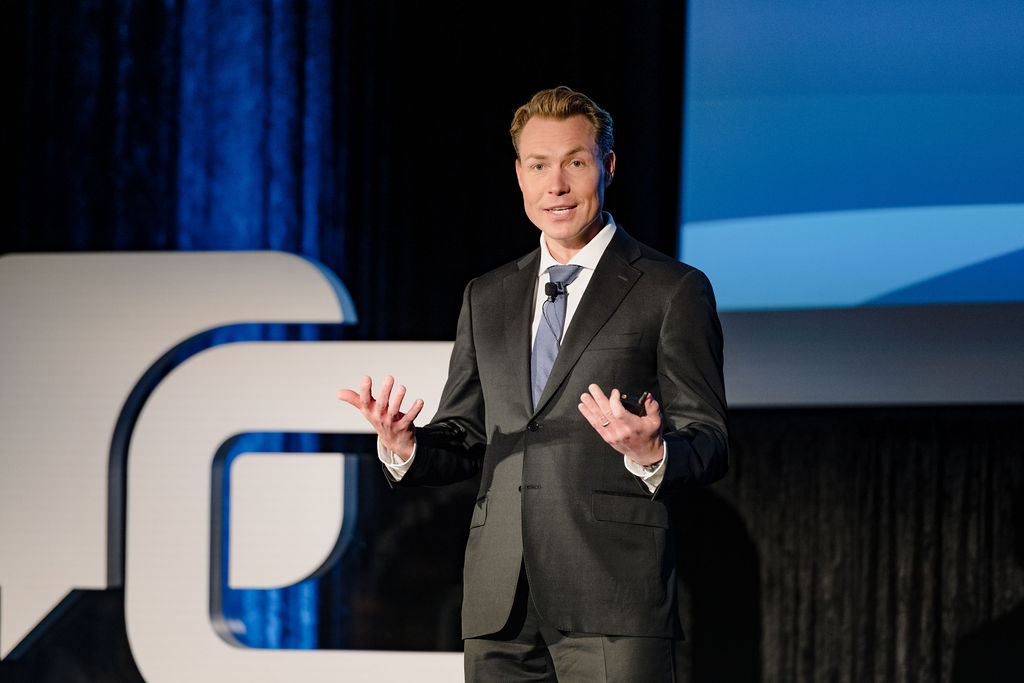
Tighter Blood Glucose Control
About half of people with diabetes are at risk of serious complications, reported Diana Isaacs, PharmD. This is due to poor day-to-day control of blood glucose levels. The trouble arises from the most common methods of testing and tracking blood glucose levels:
- Traditional finger-stick tests don’t tell patients which direction their blood sugar is headed.
- A1C blood tests measure average blood glucose over a three-month period but reveal nothing about spikes and dips.
- A1C levels are tied to reimbursement and to patient incentives to keep A1C low, placing them at greater risk of low-glucose events.
The eye-opener, she says, is when clinicians use a continuous glucose monitor (CGM) with patients thought to be in good control of glucose levels. It’s not uncommon for a patient’s CGM to show several dangerous incidents of hypo- and hyperglycemia.
Isaacs, who is an Endocrine Clinical Pharmacist & Remote Monitoring Program Coordinator at the Cleveland Clinic, is an advocate for use of another measure — time in range — to complement A1C. For most people with diabetes, the goal is 70% or more time in range, a level associated with an A1C below 7% and with less variability.
She urged payers, health systems, industry and clinical trial leaders to use CGMs and incorporate time in range to improve health care outcomes, reduce costs, and ultimately improve quality of life for patients.

Health Equity & How to Address It
‘Equity Work Verifies Quality Work’
“My fundamental belief and hypothesis is that equity work verifies quality work,” said Tosan Boyo, MPH. To understand that, he led participants through three points.
- Understand the history of the communities.
In the city of Oakland, Calif., for example, residents in formerly redlined areas are twice as likely to present to the emergency department for asthma.
- Stratify quality metrics by race, ethnicity and language.
Looking at no-show rates in ambulatory operations, Boyo’s team noticed Asian-American populations had the highest no-show rate. It turned out that most of the reminder calls and letters were in English only. No-show rates dropped precipitously when the language barrier was removed.
- Be transparent with employees and the community.
“Discovering disparities is not a bad thing. Ignoring them can be catastrophic,” he said. “It signals you are walking the talk about taking care of the most vulnerable. Additionally, it makes people who work in your organizations feel seen. And feel heard.”
Boyo, Senior Vice President, Hospital Operations, John Muir Health, closed with a warning: Equity work will meet with naysayers and backlash.
“Choosing to do equity work, choosing to eliminate disparities is opt-in for a lot of people. Well, most vulnerable populations don’t have a choice. They have to live with it,” he said.
He advised those leading equity work to confront naysayers with a simple question: “Would you rather not know?”
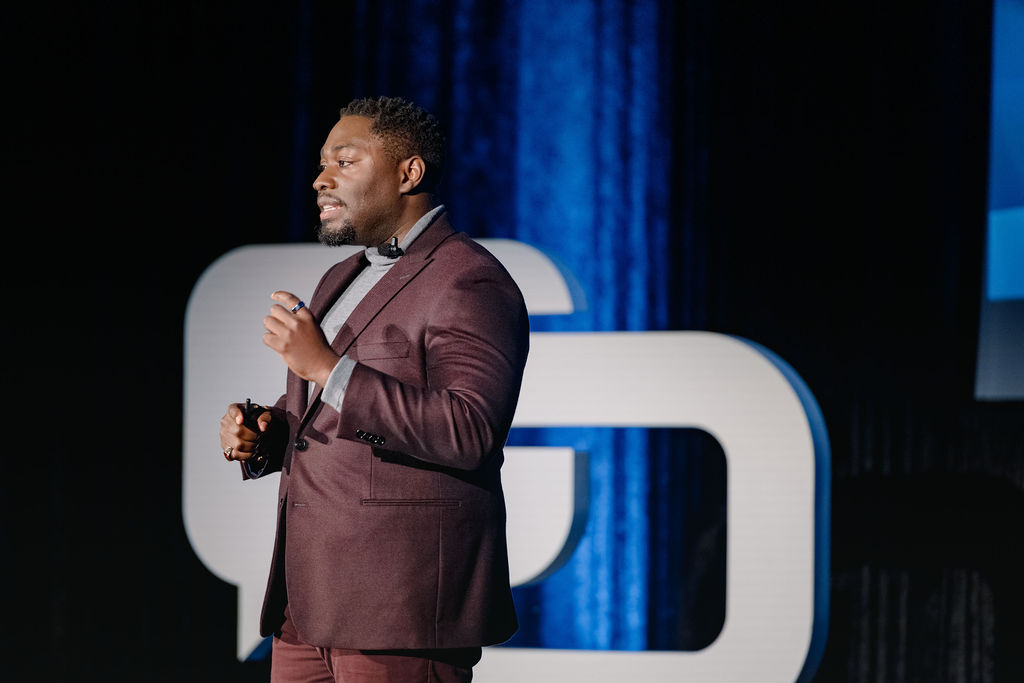
‘Open the Aperture’
Pointing to the omission of health equity as part of value-based care, Joshua Liao, MD, MSc, FACP called on Quality Talks participants to open the aperture.
“Some of the biggest questions in policy and practice have been framed around variable quality and unsustainable spending — this idea that we spend way too much for healthcare and we don’t get enough from it — and in turn, the payment solutions, including value-based payment, that we have used as tools to solve that, seek to address it in that way.”
Dr. Liao, Associate Professor of Medicine and Associate Chair at University of Washington School of Medicine, said it’s possible to frame the problem differently and to ask different questions that may lead to different answers and actions.
Based on research with colleagues to evaluate policy and systems change, Dr. Liao said part of the problem is also anchored in inequity. Dr. Liao observed that the widely accepted definition of value in health care doesn’t consider equity. It cannot evaluate whether improvements are equitable or if all groups and communities, particularly those that have been historically marginalized, benefit equally.
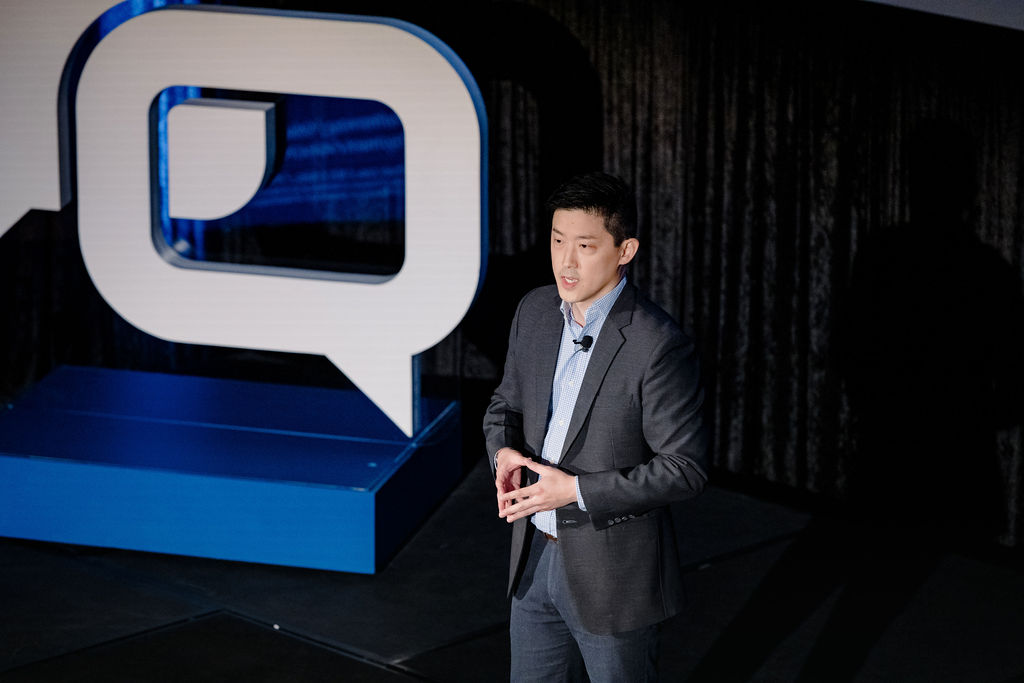
Behavioral Health
We Know What Works
“During my medical training, I remember being shocked when the number of overdose deaths doubled from 10,000 to 20,000,” said Nishi Rawat, MD, MBA. “Last year, more than 105,000 people died of drug overdoses in this country. It’s a staggering number — a historic high. But beyond the deaths, there’s profound suffering that isn’t captured by the headlines.”
To put an end to the cycle of addiction, Dr. Rawat, Chief Clinical Officer, Bamboo Health and Co-founder, OpenBeds, called on participants to work toward four solutions:
- Prevention activities, such as screening assessments at scale in emergency rooms and primary care.
- Harm reduction strategies to keeping people healthy until they can access care, such as needle exchanges, safe injection sites, the opioid reversal drug naloxone and fentanyl testing strips.
- Access to affordable and evidence-based treatment.
- Recovery support, such as access to digital communities and peer support services that facilitate continuous as opposed to the usual episodic care.
“We’ve known what works for three decades now, and yet we struggle to deliver this lifesaving treatment at scale to the masses,” said Dr. Rawat.
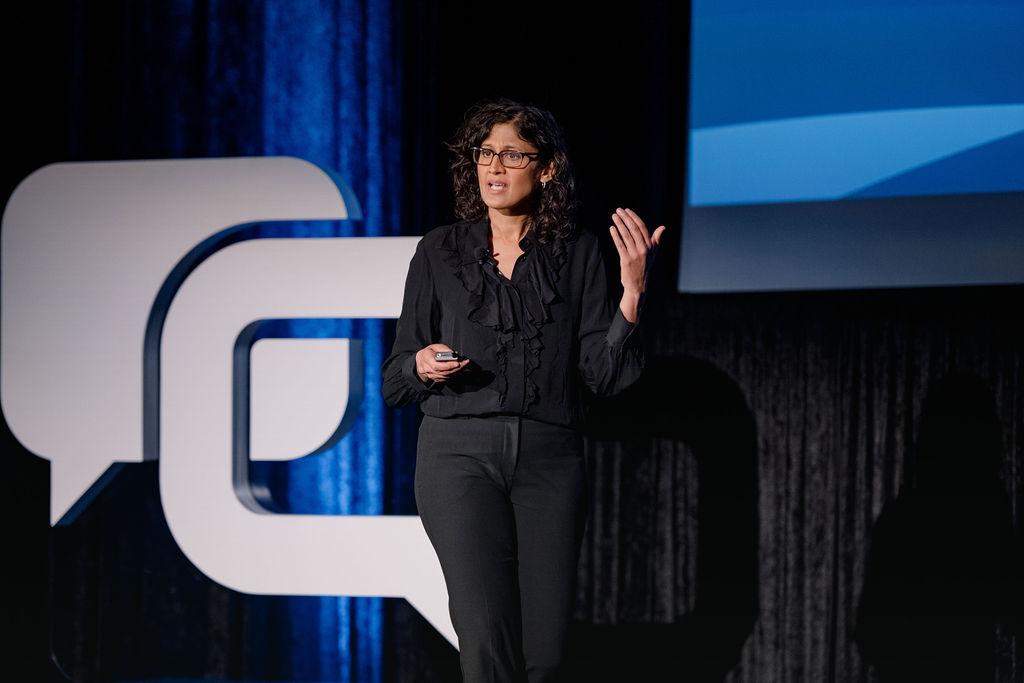
Next-Level System Supports
No Incentive for Under-Testing
An algorithm that guides emergency physicians toward good cardiac testing decisions is identifying high-risk patients overlooked by ER physicians. Many of these patients have adverse events at “shockingly high” rates within days, said Ziad Obermeyer, MD.
To verify the work, Dr. Obermeyer looked at instances when a high-risk patient saw a high-testing team vs. a low-testing team. Patients who saw a high-testing team were 30% less likely to die.
Dr. Obermeyer, who is the Blue Cross of California Distinguished Associate Professor of Health Policy and Management, University of California at Berkeley, says these insights reveal that the usual approaches to drive better physician performance — mainly incentives — are insufficient. That is, incentives can fix over-testing, but they’re not a very good solution for under-testing.
“In trying to fix low-value health care in the form of over testing, we’re aggravating low-value health care in the form of under testing,” he says.
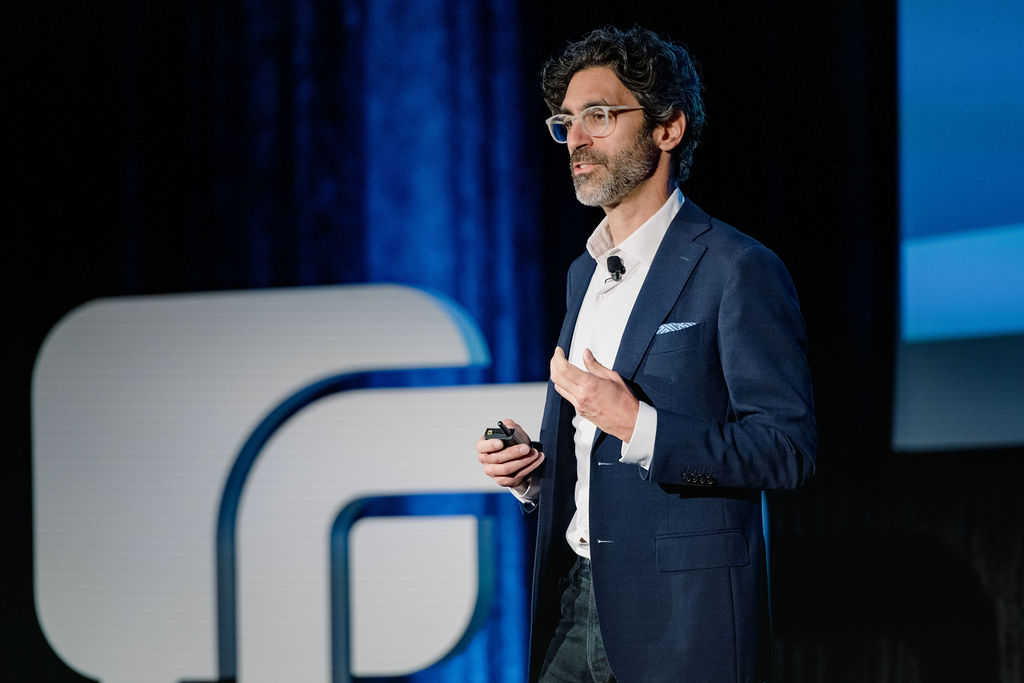
University of California at Berkeley.
A Prescription for Safety
Hardeep Singh, MD, MPH began his research on missed, delayed or wrong diagnosis before incentives made EHRs commonplace. He says that despite the help from EHRs, 8% of abnormal test results still get lost to follow-up, driving missed, delayed or wrong diagnosis.
Why — or how — can this happen? Dr. Singh says most often it is due to information overload or ambiguity around who’s responsible to follow-up with the patient.
Dr. Singh, Chief, Health Policy, Quality and Informatics Program, Center for Innovations in Quality, Effectiveness and Safety, Michael E. DeBakey Veterans Affairs Medical Center and Baylor College of Medicine, also says misdiagnosis is not just a physician problem. “We are not talking about clinician excellence or physician excellence and diagnosis,” he said. “We’re talking about system excellence.”
He proposes to tackle this issue with the Learning and Exploration of Diagnostic Excellence (LEDE) organization model. Its components include:
- Assignment of responsibility to fix the problem.
- Measurement for improvement, or a real-time learning health system.
- Culture and learning from patients, including analysis of patient feedback and complaints.
- Feedback for physicians and clinicians on patient outcomes.
- Transfer research to practice.
And, he says there is a role for all stakeholders to address missed diagnosis and related health care safety issues, among them:
- The Safer DX Checklist to proactively asses safety risk and
- A forthcoming tool being released in collaboration with the Agency for Healthcare Research and Quality (AHRQ) to help quality and safety leaders create a learning health system and measure for improvement.

Question Race Data
In the most interactive presentation of the day, Siobhan Wescott, MD got the in-person audience to use beach balls to help her illustrate the limitations of complex race data.
“What I want you to take away from my talk is to be suspicious of every kind of race data around health, except for one—Indian Health Service data,” said Dr. Wescott, who is the LaFlesche Professor and Director of American Indian Health, College of Public Health, University of Nebraska Medical Center.
Her point — that race data from the Indian Health Service is the only data of its kind to be validated in any way — stems from 19th Century War Department treaties giving Native Americans a right to government health care. To receive care from the Indian Health Service, individuals must be an enrolled member of a federally recognized tribe.
Beyond this data, she said race data is suspect for two reasons — how it is collected and how it is analyzed. In some cases, even in the morgue, third parties may make guesses that foul data. In other instances, complex race information isn’t captured or is constrained when reported for analysis.
“We need to let people identify themselves or their loved ones and not let people guess,” she said, calling on the quality-minded audience to allow patients to “identify in a way that captures some of the complexity.”
“I wanted to go into some health care data, but it is really — I’m going to emphasize this — a hot mess,” said Dr. Wescott.

Embrace Irrationality
People are irrational in specific and reliable ways, a fact Karen Horgan, the co-founder and CEO of VAL Health, said quality leaders should embrace. Her firm applies behavioral economics to health, improving things like patient and member preventive screening rates for its clients.
In one of four examples, Horgan shared a study illustrating the concept of simplicity. In the study, a grocery store set jam varieties out for trial:
- When 24 varieties of jam were on sample, 75% of people stopped to give it a try, but only a tiny number (5%) made a purchase.
- When the store put only six jams on sample, fewer stopped (40%), but many more (75%) made a purchase.
“When there’s too much choice, we just shut down,” said Horgan.
It’s the same thing in health care, she said. When someone is overdue for several screenings, they may be given a list of many things to do, like fill a new prescription and follow up with a new provider, or not do any longer, like eat a certain diet.
Horgan says a better path is to give the person one thing to do that will get them started on a path to success.
“Think about how to get people started on that path to change, because that can make a big impact.”

Photo Credit: Cameron Whitman Photography, LLC.







